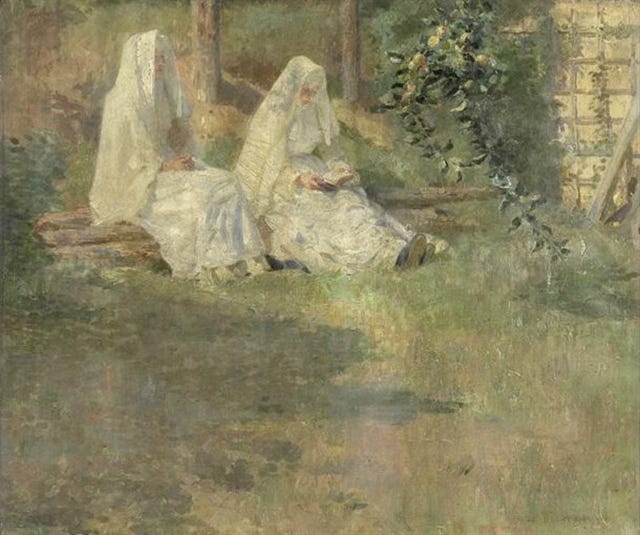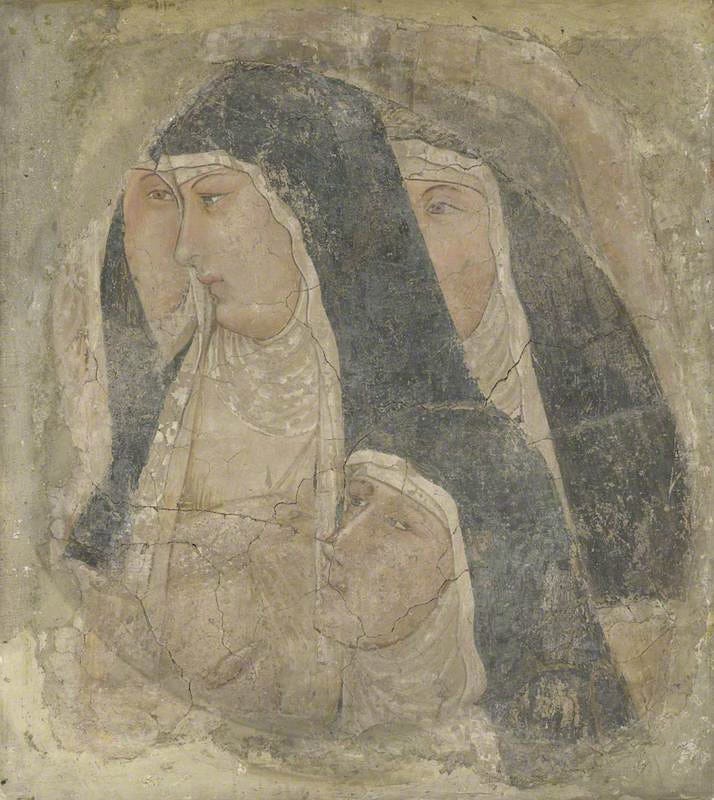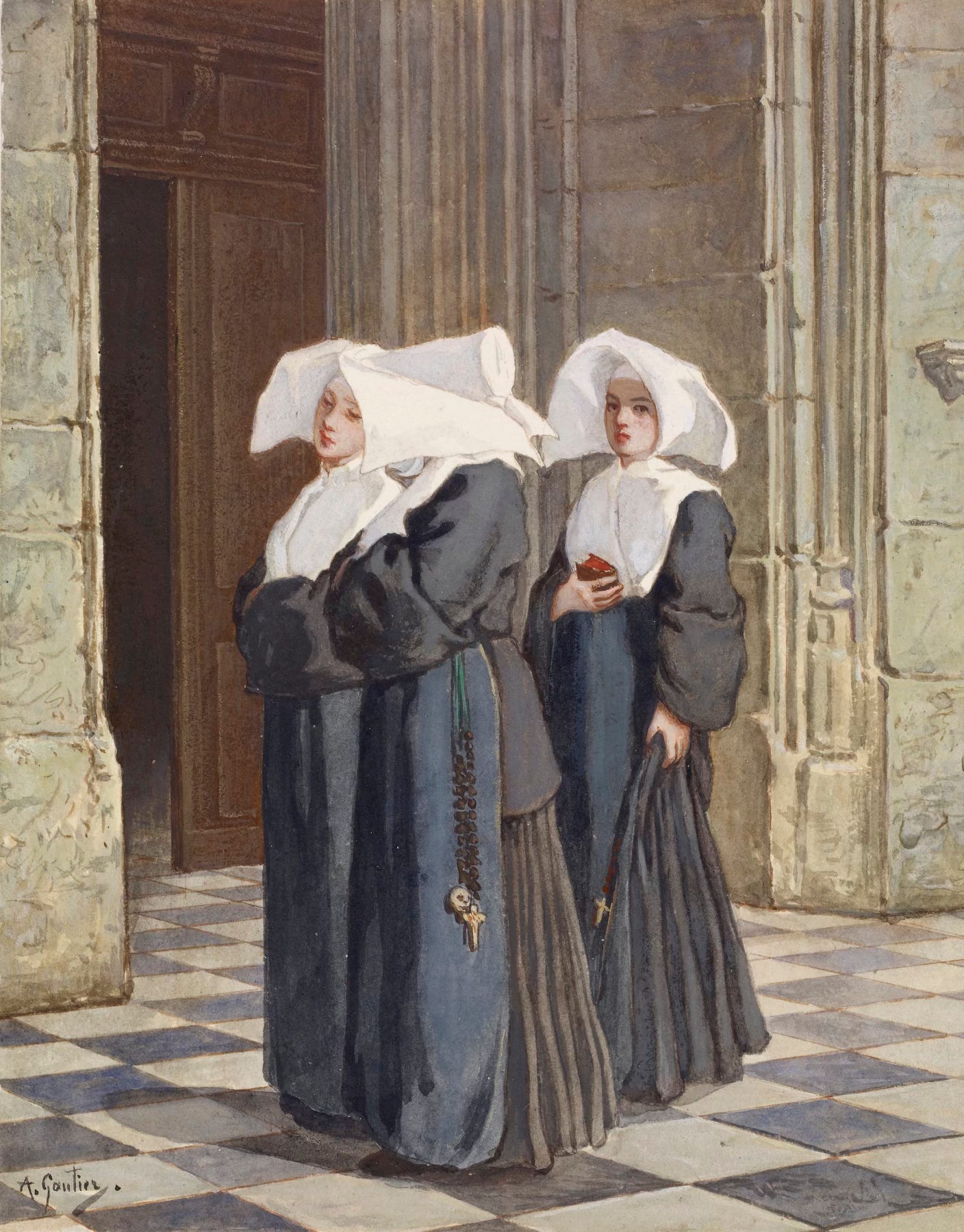Becoming a Temple Worker
Organize yourselves; prepare every needful thing, and establish a house, even a house of prayer, a house of fasting, a house of faith, a house of learning, a house of glory, a house of order, a house of God (D&C 109:8).
I was flailing around in early retirement when I met with my bishop for counsel. I missed my job, missed my students, and missed my friends at work. I missed having a schedule, and I missed university life. I was an unemployed widow at loose ends. Noting my general unhappiness, my bishop kindly suggested I become a temple worker.
I was pretty sure it wasn’t for me. Working in the temple is such a cliché, what Mormons do when they don’t know what to do. I envisioned a celestialized cadre of old people who were perfectly dressed in white suits and dresses wearing squishy shoes and given to loud whispering. Not to mention eternally smiling. Last thing I wanted was to go along with the crowd. And I did not think I could smile for hours at a time. I just wasn’t cut out for it.
I did take my bishop’s advice to attend the temple more often and to consider working there. I made a habit of regular temple attendance, and I started looking at the temple workers more closely. An older sister from my ward was at the recommend desk, making me feel welcome. A woman I saw at church smiled at me from her post in the hallway. I began to realize that these women were just everyday people who were being helpful in the temple. I could see myself being helpful. That seemed like something I could make time to do. It took me a while, but I went back to my bishop and told him yes.
Six months and a total knee replacement later, I started my shift as a temple ordinance worker one Friday afternoon. I outfitted myself in my zip-front tie-in-the-back standard white temple dress, white knee socks, and white sneakers. In my right pocket was my locker key, and in my left a few tissues. Nervously, I completed my training, trying to remember everything that they had told me. Luckily, the temple used instruction cards, so I did not have to memorize the ordinances to perform them. Unluckily, I often got lost in the temple. The following week I lay in bed each night going over the temple floor plan in my mind.
The next Friday I was back, expecting more training. Nope, I was good enough. I was now a real temple ordinance worker, complete with a name badge. I was handed a pocket-sized schedule of my four-hour shift, with acronyms for the various stations. LRD means lower recommend desk, CR celestial room, BAP baptistry, and Greet 5 means outside the chapel. Not to be confused with Greet 2, which is a post outside name issue. Every thirty minutes I was supposed to switch spots. I was amazed they trusted me to do this already.
Keeping on schedule was unexpectedly difficult for me, and it mattered. If I didn’t replace someone at their spot, they could not get to their next post, which could gum up the whole works. After being in the wrong place a few times (the shift supervisor came after me), and late more than a few other times, I had myself trained with precision. By the time I had finished the first month, I had bought more expensive sneakers and special insoles, because my feet were aching. My pockets were filling up: lipstick, mints, tissues, key, pocket schedule, and a card where I copied a scripture to ponder while I was standing at Greet 3, waiting for patrons to come by.
At Greet 3, you oversee a parade of beautifully dressed temple patrons on the way to the chapel, some holding hands, some shuffling, some pushing a walker. I enjoy smiling at them as they come down the hall, not a Cheshire cat grin but a pleased smile with eye crinkles. When they need reassurance, I hold my arm out in the general direction of the stairs or tell them how to find the elevator. I feel validated at my post at Greet 3 when I rescue lost patrons. Usually, these are people who have changed back into street clothes and think this is the way to the parking garage. It is not. That is the other hallway that runs parallel to this one and looks almost identical except for fewer fake plants and no wonder you are confused. I kindly reroute them through the connecting door with a smile.
Temple work teaches obedience and humility, which comes from being assigned to the locker room. If you thought performing ordinances was exacting, try cleaning the bathroom. There is a nearby closet stocked with paper towels, toilet paper rolls, hand soap, trash bags in three sizes, plus mops, rags, and brooms. A two-sided sheet of detailed instructions is clipped to the shelf. Your assignment: Check bathroom stalls for sufficient toilet paper, empty the sanitary bins and replace the bags, and restock the paper towels and large trash bags. This is fast work unless the stack of paper towels falls out of the dispenser before you can lock it, or the toilet stalls are full of patrons. The final step (after emptying the locker room trash cans) is to haul the large trash bag to the garbage trolley in the secret hallway that looks like a hospital corridor. When you are finished, you feel you did something valuable, maybe even praiseworthy.
Being assigned to the baptismal area can be a delight and a challenge. These patrons are young, some of them nervous first-timers, others seasoned teenage temple-goers who come in groups with their friends. The hardest task is working the clothing desk, handing out the white baptismal jumpsuits. They come in sizes XXSP to 7X. We are ready for any body. People who are new to the temple don’t know their baptismal suit size, so you have to eyeball them for height and weight and hope you get it right. I pull the suit off the hanger and lay it on the counter, put on top the proper socks and underwear, and roll it into a bundle. I hand it to them with a smile and hope they have the right size.
At the baptistry, my assignment is to hand fluffy white towels to patrons when they climb out of the font. They brush the dripping wet hair back from their eyes and catch their breath. They appear elated from the experience of performing baptisms for someone they might only be able to imagine. One day I happened to be assigned to the font while my grandson was being baptized for the dead. I watched him come out of the water, and saw him beaming with goodness and hope. Through him I felt a connection between heaven and earth, eternal covenants forged through earthly acts of devotion.
For part of my shift I am assigned to the initiatory area, where I have been given the priesthood authority to bless my sisters in ancient rituals modified for our times. Each word has great meaning, and I take care not to rush. Three of us work together at a time, and I love listening to the timbre of the other voices. Each sister has a certain way of saying the sacred texts that inspires me to consider my own cadence. Many patrons can only stay a short time, and I wonder if hearing these words provides the spiritual comfort they seek. Some women weep.
Near the end of my shift I am assigned to work at the veil. With other ordinance workers, I wait on the padded bench in the adjacent hallway. A few minutes before we are needed, we line up in the proper order, and quietly file in. We turn to face the Endowment Room and wait. The curtain rises to reveal rows of patrons solemnly garbed in white ceremonial robes. I take a breath and stand up straight.
As I present each sister at the veil, I stay nearby in case she needs reassurance. It does not take me long to know if a patron needs my help. She may nervously confess this is her second time, or she may seem uncertain about what to do. I try to convey with a gesture and a smile, “I have your back. You are why I am here.” I hold up the ordinance card so she can read the words by herself without interruption. I want her to concentrate on what she is saying and doing in this sacred ritual. It is her moment to think about symbolically entering God’s presence as she completes the endowment ceremony.
A year has now passed. My sisters at the temple have welcomed me into the community of ordinance workers. Older women may be stooped with age but they are strong and mighty from surviving faith-challenging ordeals: losing a child, raising grandchildren, remarrying after divorce. Having experienced loss myself, I fit in. The younger sisters on my shift also inspire me. They have energy and are sensitive to the needs of our many younger patrons. They remember things I don’t. Most are students, so I ask them what they are studying in college and about their plans. I listen to their hopes and dreams and remember when I was their age. Because of them, I am confident in our future.
At the end of my shift, I take the key out of my pocket and open my locker. I change back into my street clothes and carefully put my temple clothing in my bag. As I walk from the locker room to the exit, I pass those who enter hoping for a spiritual experience that will transcend mere mortality. If there is one thing I have learned, it is that our mortal bodies are essential to performing sacred ordinances for those beyond the veil and to our own spiritual transformation. By becoming a temple worker, I help them in their mortal journey and I find meaning in mine. I’ll be back next week.
Susan Rugh is a retired history professor, grandmother, and widow with many good friends.
Art by Alfred de Richemont (1857-1911), Ambrogio Lorenzetti (1290-1348), and Armand Gautier (1825-1894).







Love, love, love the artwork. And your writing, of course.
Thank you for sharing my experience, only without the knee surgery. We are contemplating a return.